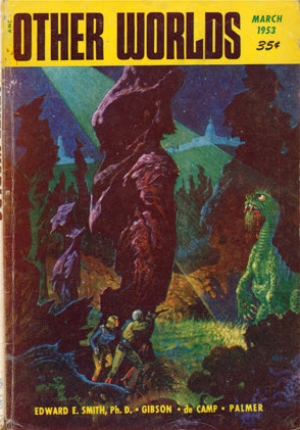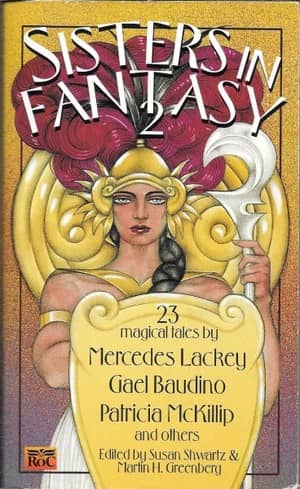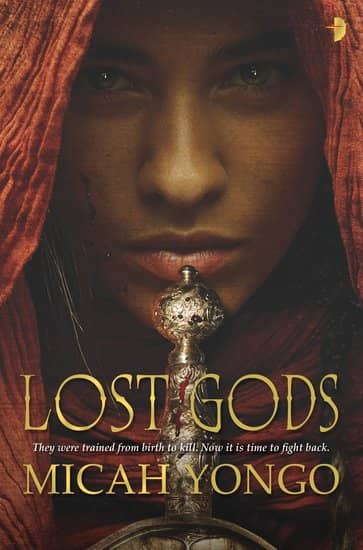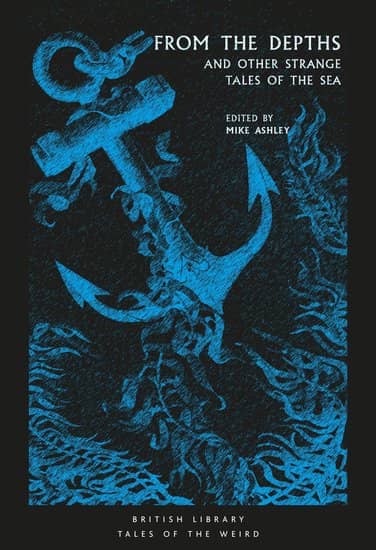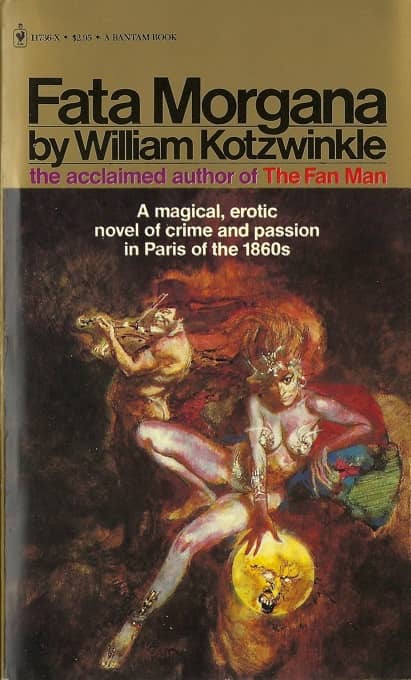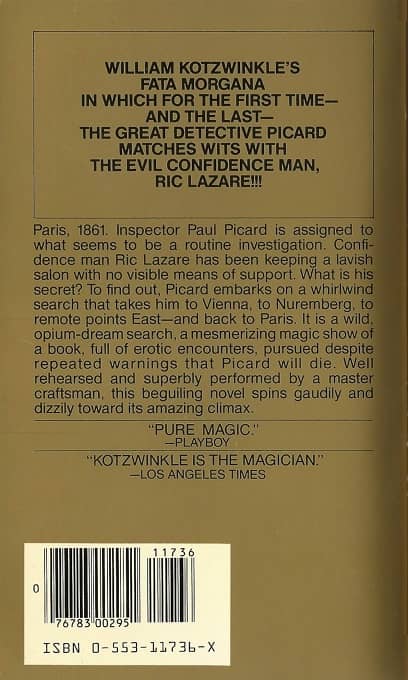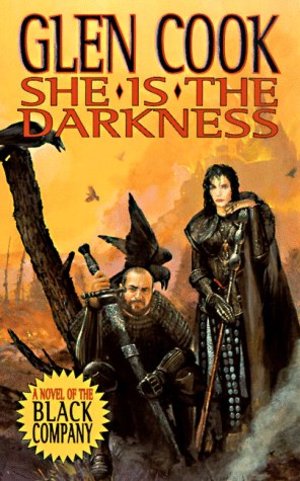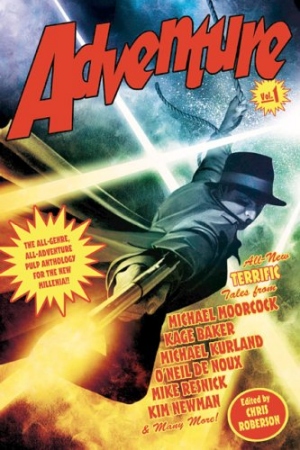New Treasures: A Study in Honor by Claire O’Dell
 |
 |
Beth Bernobich is the author of the River of Souls trilogy (Passion Play, Queen’s Hunt, and Allegiance) and Fox and Phoenix (which Rich Horton reviewed for us here.) In his July wrap-up at Kirkus Reviews John DeNardo tipped me off to her latest, A Study in Honor, her first science fiction/mystery, and her first title released under the pen name Claire O’Dell:
Claire O’Dell’s futuristic mystery A Study in Honor is not set in space but is no less thrilling. It’s a gender-flipped re-imagining of Sir Arthur Conan Doyle’s famous detective Sherlock Holmes. In near future Washington, D.C., Dr. Janet Watson, recently and honorably discharged from the Civil War, teams up with covert agent Sara Holmes to find a murderer targeting veterans.
Early notices for the book have been excellent. Liz Bourke at Tor.com called it “a tense, gripping story, excellently paced, and Janet is an amazingly compelling narrator. This novel is really hard to put down, and I’m looking forward to the sequel with great anticipation.” And Publisher’s Weekly said,
This riveting mystery (fantasist Beth Bernobich’s first work under the O’Dell pseudonym), set in near-future Washington D.C., spotlights delightfully fresh adaptations of Arthur Conan Doyle’s most famous characters. After Dr. Janet Watson loses her arm in an attack by the New Confederacy, she is discharged from the Army and returns home. She meets the fascinating, if infuriating, Sara Holmes, and they become roommates in Georgetown, Va., where, as two black women, they are not entirely welcome. Watson observes troubling patterns in her new job at the VA, and these, along with prompts from Holmes’s top secret connections, send the women on a high-stakes search for answers… This is a real treat for fans of Conan Doyle and SF mysteries.
A Study in Honor was published by Harper Voyager on July 31, 2018. It is 304 pages, priced at $15.99 in trade paperback and $9.99 for the digital version. The cover is by Chris McGrath. Read an excerpt at Unbound Worlds.



